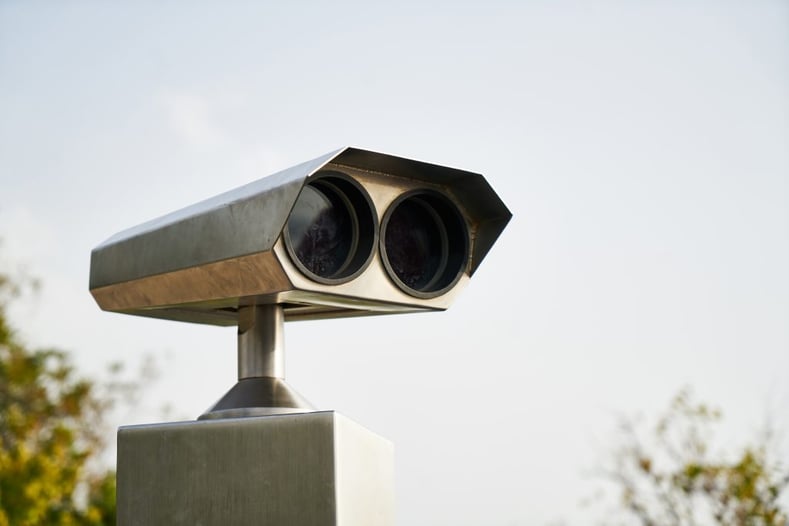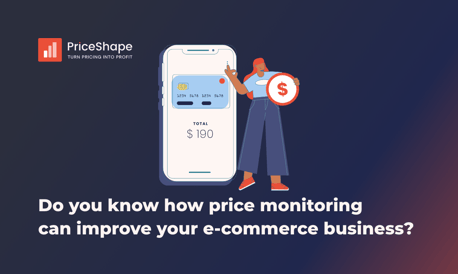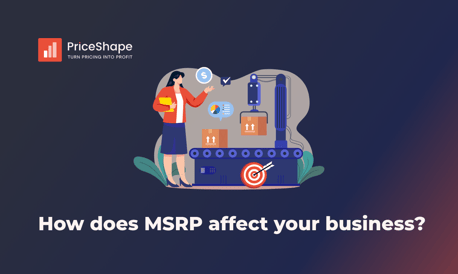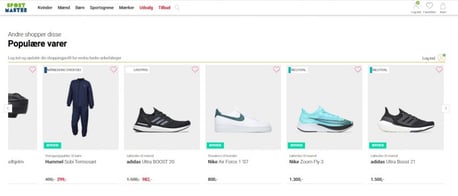MAP monitoring explained
What is MAP monitoring, and how does it affect your e-commerce business? Read this blog post and learn more about how PriceShape can help your business.
Dynamic prices increase the competition
It should not be surprising for anyone that prices are key in the e-commerce universe. Consumers shopping online highly tend to compare prices before making a purchase, and this makes a situation that is very competitive on prices. Many retailers make their living by doing online sales, and according to the importance of having an overview of the pricing landscape, dynamic pricing comes into the picture. A dynamic pricing solution turns out to be an obvious choice if you want to both increase sales and margins. It additionally makes the competition among sellers even more fierce than it already is.
In case there is a manufacturer and a retailer or reseller, this challenges the competition. The e-commerce suppliers as well as the manufacturers naturally want to control this wild pricing dynamism, which could otherwise be the reason for losing profits and a reduction of their businesses.
The customer-vendor relationship is what is often in focus when someone mentions the great benefits of using dynamic pricing. What is meanwhile easy to forget is, that for some parts of the whole chain consisting of not only vendors and customers but manufacturers and suppliers, dynamic prices complicate the competitive circumstances.
What is MAP?
It is an abbreviation of Minimum Advertised Price that is, as the three words indicate, a way that manufacturers or suppliers of products can set minimum prices regarding what their retailers should sell their products at. With the possibility of setting this limit for how low the prices might be, they should also be sure of making some profit while avoiding the scenario of having their resellers water down their brand value.
Notice the adjective Advertised in MAP. It is the lowest price a retailer can advertise a product for - or the agreed price a reseller can sell the product of a given brand at. There are no rules about what you can sell the product for in your store. MAP is legal in the US and acts as a protection for the manufacturers, so they are less vulnerable to experience brand erosion.
When someone does a retail business in the US by selling MAP-protected products, a retailer is limited in what price he or she is allowed to advertise. MAP agreements can be the best way for a manufacturer to protect themselves against too many price violations. Still, some retailers may break the MAP policy - and this is why MAP monitoring might be exactly what you are looking for!
MAP monitoring
It can be challenging for a manufacturer to get control of those resellers who set their prices too far below their MSRP’s (Manufacturer’s Suggested Retail Price.) As already mentioned, the e-commerce landscape is ultra-competitive, so the risk of retailers who are more or less consciously violating MAP of course exists. A brand’s reputation is important, and it sometimes calls for more than establishing a MAP policy.
If you live in the US and make a living as a manufacturer, a MAP policy concerning the retailers selling your products should be powered with a tool for tracking. Tools like these serve as a way to keep an eye on the competitors of the retailers - but can likewise be used by a manufacturer to track the prices of their retailers’ products. This is urgent because the agreements about standardized prices are not always followed.

You can protect your brand and products by using a tool that gives you an overview of your retailers' price histories. You don’t have to be constantly browsing the internet to take action. Such a competitor monitoring tool automatically checks the products for you and keeps you updated. A complicated process made simple and less time-consuming through a software. Our solution at PriceShape both serves retailers as well as brands and also offers dynamic pricing features.
As MAP monitoring becomes more and more unfolded, retailers will most likely tend to change their prices to what is agreed if they know that their manufacturers are monitoring them, and then increase the price when they feel “safe” again. An automated solution can put this to a stop and ensure the given agreements between manufacturer and retailer are respected.


